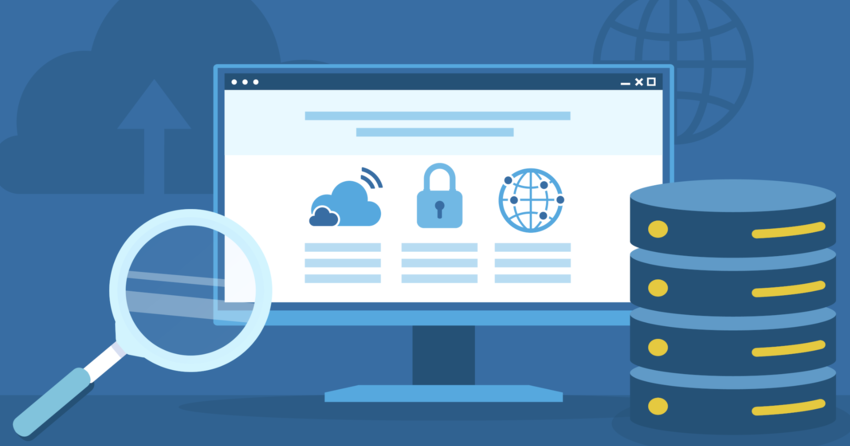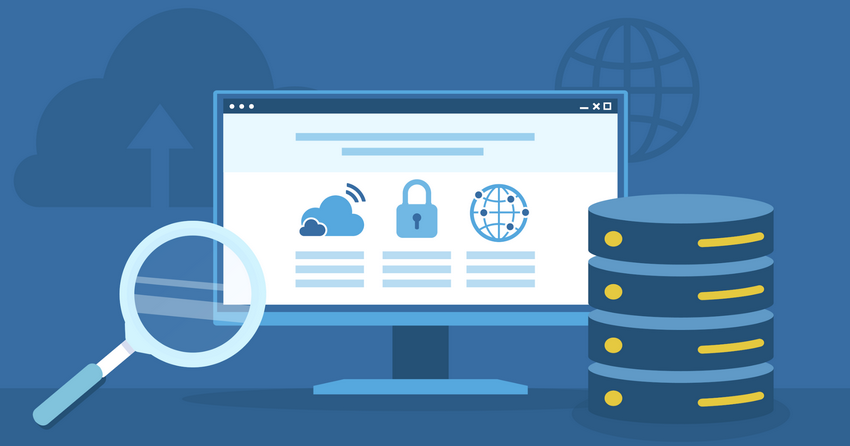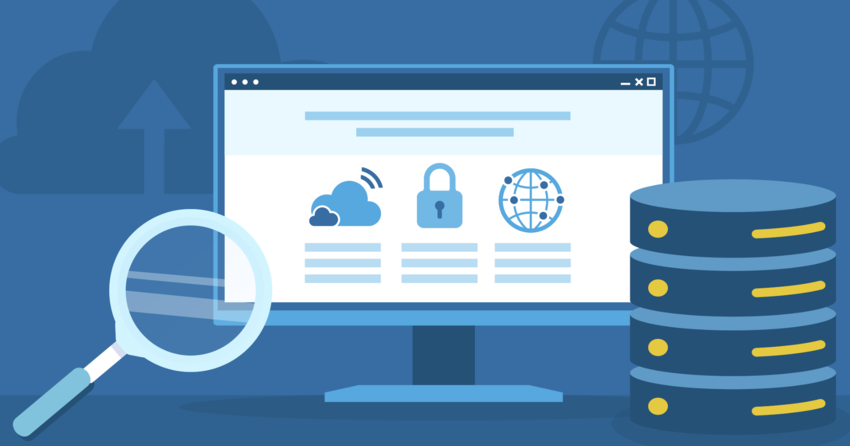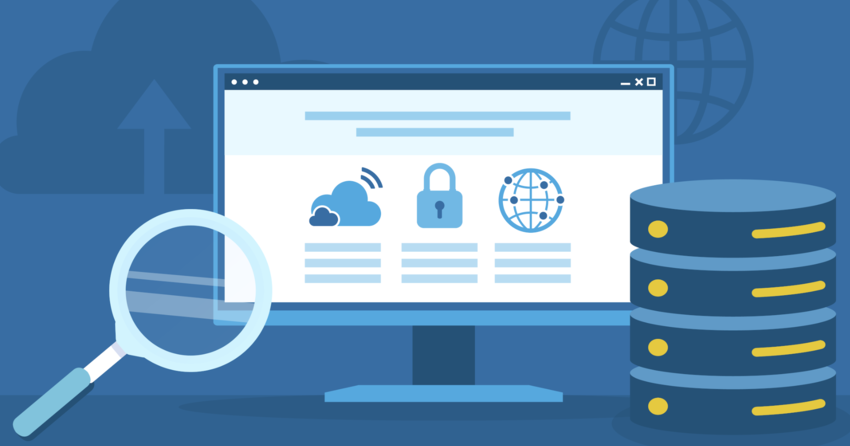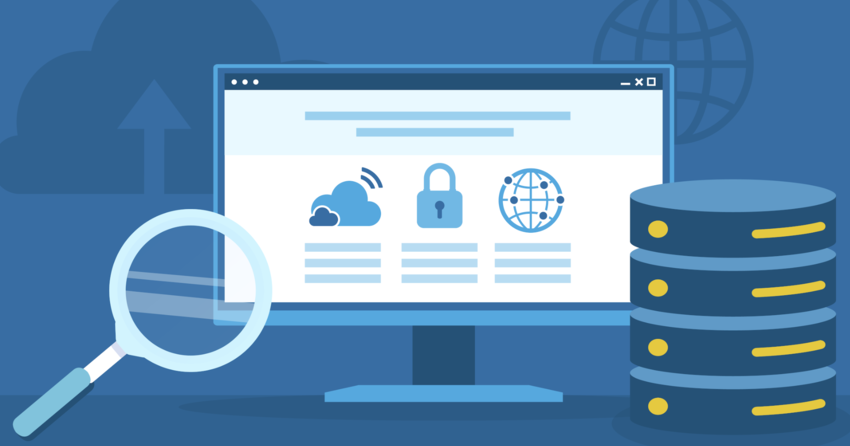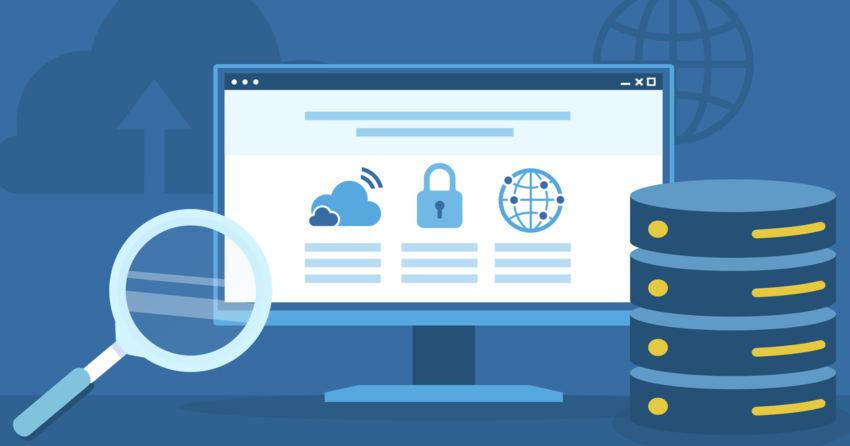Inside this Article
Definition of Back End
The back end is the hidden part of a website or app that takes care of the background operations. It processes requests, manages data, and ensures everything on the front end runs smoothly. The back end consists of 3 key parts:- Web server: When you visit a website, your browser sends a request to the web server. The web server handles basic tasks like delivering images or static web pages. If the request involves more complex operations, such as logging in or retrieving personalized data, the web server forwards it to the application server.
- Application server: This is where the site’s main logic runs. The application server processes data, handles complex requests, and interacts with the database. For example, when you add an item to your shopping cart, the application server checks the inventory and updates the cart in real time.
- Database: The database stores all the website’s data, such as user accounts, product listings, or posts. The application server sends queries to the database to fetch or update data as needed.
How Does the Back End Work?
When you interact with a website or app, like clicking a link or submitting a form, the back end processes your request through a series of steps:- Client request: Your browser sends a request to the web server, asking for information like a webpage or data source. The request includes a URL, which is the web address of the resource you’re looking for.
- Server routing: The web server receives the request and directs it to the appropriate destination based on the request type – ‘GET’ to retrieve data or ‘POST’ to submit data. It routes the request to the correct application or script.
- Middleware processing: Before the application server handles your request, middleware checks if you’re logged in and tracks your session. It ensures you stay authenticated and manages tasks like logging and security.
- Application processing: The application server runs the code to process the request. It may verify your login, validate the data you’ve entered, or retrieve information from the database.
- Database interaction: Depending on your request, the application server communicates with the database to either fetch or store data. The database provides details like user accounts or product listings, which the application server uses to complete your request.
- Caching and load balancing: Caching stores frequently requested data to speed up responses without constantly querying the database. Load balancing spreads incoming requests across multiple servers to prevent overload during traffic spikes.
- Response generation: After processing your request, the application server generates a response. This could be a webpage in HTML, a JSON response for an API, or another format, depending on your request.
- Server response: The web server sends the response back to your browser. Along with the content, it includes a status code like ‘200 OK’ if successful or ‘404 Not Found’ if an issue occurs.
- Client rendering: Your browser receives the response and displays the content. For web pages, it renders the HTML, applies CSS for design, and executes JavaScript for interactive elements. For APIs, the client processes the data and updates the interface.
- Error handling: If something goes wrong, like a missing page or a server failure, the server sends an error code, such as 404 for missing content or 500 for server issues. These codes help you quickly identify and fix problems.
Back-End Programming Languages
The back end of a website or app relies on different programming languages to handle everything users don’t see, such as processing requests and managing data. These languages help run server-side applications. Here are some common back-end languages:Python
Python is popular for its simplicity and readability. Developers use it with frameworks like Django and Flask to manage databases, process user requests, and even run machine learning models. Python’s straightforward syntax and extensive libraries help developers write clean, maintainable code more quickly.JavaScript (Node.js)
Node.js allows you to use JavaScript for server-side tasks so that you can use the same language across the entire stack. It efficiently handles many simultaneous connections, which is ideal for real-time applications like chat systems or streaming platforms. Running on Google’s V8 engine, Node.js converts JavaScript into fast, efficient code for high-performance applications.Ruby
Ruby helps you develop and deploy applications quickly, making it a go-to choice for startups and small teams. Paired with Ruby on Rails, it can accelerate development with tools like Active Record, which automates repetitive tasks like database queries, routing, and form handling. With Ruby, you can focus on your app’s core functionality and still scale as your project grows.PHP
PHP powers about 75% of all websites, including major platforms like WordPress and Magento. It’s built for server-side scripting and integrates seamlessly with HTML to create dynamic web pages. PHP works well with databases like MySQL and PostgreSQL. Its extensive ecosystem of open-source frameworks, such as Laravel, enhance productivity and streamline development.Java
Java is a popular choice for large-scale enterprise applications. It’s platform-independent and can run on any system that supports the Java Virtual Machine (JVM). Its memory management and multithreading capabilities make it an excellent language for handling complex, data-heavy applications like banking software and e-commerce platforms.C#
C# works with the .NET framework to build Windows applications, but it has expanded with .NET Core to run on multiple platforms, including Linux, macOS, and mobile devices. This flexibility makes C# a strong choice for creating web applications, desktop software, and mobile apps. It efficiently manages memory and uses strong typing, which helps reduce runtime errors and improve overall performance.Go
Google created Go (or Golang) to meet the needs of modern cloud applications. Its goroutines allow it to handle thousands of concurrent tasks efficiently, making it ideal for building real-time systems like streaming platforms and data pipelines. Go’s static typing reduces runtime errors, which is crucial for applications that need to process high volumes of data reliably.Back-End Frameworks
Back-end frameworks provide the tools and structures you need to build websites and apps efficiently. These frameworks handle essential tasks like database access and user authentication, allowing you to focus on your app’s core functionality. Here are some popular back-end frameworks:- Django (Python): Django is a Python framework that accelerates web development. Its built-in security features protect against threats like SQL injection and cross-site scripting. The framework also includes an Object-Relational Mapper (ORM) for managing databases and an admin interface to simplify site management.
- Express.js (Node.js/JavaScript): Express.js helps you create RESTful APIs and single-page applications that load content without refreshing. It has a large selection of middleware, enabling you to add features like user activity tracking or enhanced security to your projects.
- Ruby on Rails (Ruby): Ruby on Rails automates repetitive tasks such as database management. It follows a convention-over-configuration philosophy, offering default settings that let you start coding quickly. Rails also includes “gems,” pre-built libraries that add functionality without extra work.
- Laravel (PHP): Laravel provides tools for encryption, authentication, and database migration, helping you build secure and high-performing web applications. Its ORM (Eloquent) and templating engine (Blade) simplify complex tasks, while features like caching and task scheduling keep your app fast and responsive.
- Spring (Java): Spring simplifies building large-scale Java applications. Spring Boot, an extension of Spring, speeds up project setup by offering pre-configured tools, letting you dive into coding faster. Spring is helpful for developing microservices, such as payment processing systems.
- ASP.NET (.NET/C#): ASP.NET Core is Microsoft’s cross-platform framework for building websites, APIs, and real-time applications across Windows, Linux, and macOS. It integrates easily with databases and includes robust security features like encryption and identity management.
Back-End Databases
Databases let you retrieve, update, and manage large amounts of information quickly. In back-end development, you can use 2 types of databases – relational databases and NoSQL databases.Relational Databases
Relational databases store data in tables, similar to spreadsheets, where rows represent records and columns define data attributes. They rely on a predefined structure called a schema to organize the data. These databases are ideal if your application requires structured data, complex queries, and strict consistency. For instance, an e-commerce platform that tracks products, customers, and orders would benefit from using a relational database. Common examples include:- MySQL
- PostgreSQL
- Oracle
- Microsoft SQL Server
NoSQL Databases
NoSQL databases offer a more flexible approach to storing and accessing data. Instead of using rigid tables, they organize data into documents, key-value pairs, or graphs. This flexibility makes them useful for applications with large, constantly changing datasets, like social media platforms or real-time data feeds. NoSQL databases excel in horizontal scalability, meaning you can add more servers as your data grows. They often prioritize performance and scalability over immediate data accuracy by following an eventual consistency model, where data updates may not appear instantly across servers but become consistent over time. Examples of NoSQL databases include:- MongoDB (document-based)
- Redis (key-value store)
- Cassandra (wide-column store)
- Neo4j (graph-based)
Back-End Development Best Practices
Building a robust and reliable back-end system means following best practices that ensure your code is high-quality, secure, fast, and able to grow with your app.- Modular Architecture: Break your application into smaller, self-contained modules. Each module should handle one specific task. This makes it easier to test, update, and scale your application as it grows.
- Version Control: Use a system like Git to track changes to your code. Version control helps you collaborate with other developers, track progress, and manage different versions of your app. It also protects against accidental data loss.
- Automated Testing: Set up automated tests to catch bugs early. Use unit tests to check individual parts of your code and integration tests to ensure different components work well together. This saves time and ensures your app functions as expected.
- Security Practices: Secure your app by validating user input, encrypting sensitive data, and regularly updating software dependencies to patch vulnerabilities. Use secure password storage and HTTPS for secure communication.
- Performance Optimization: Optimize your app’s performance by caching frequently accessed data, optimizing database queries, and using asynchronous processing to handle multiple tasks at once.
- Logging and Monitoring: Implement logging to track errors and events in your application. You should also use monitoring tools to track performance and user behavior and set alerts to catch issues before they affect users.
- Documentation: Maintain clear, up-to-date documentation for your code, APIs, and deployment processes. Good documentation helps new developers get up to speed quickly and ensures consistency across your team.
- Scalability Planning: Use load balancing to spread traffic across multiple servers and plan for horizontal scaling so your app can handle more users as it grows. Cloud platforms can help you automate scaling based on demand.
- Continuous Integration and Deployment (CI/CD): Automate your build, testing, and deployment processes using CI/CD pipelines. This reduces errors, speeds up development, and allows for faster updates to your.
- Regular Updates and Patches: Keep all software, libraries, and frameworks updated. Applying patches helps protect your app from security risks and ensures you are using the latest features and improvements.




